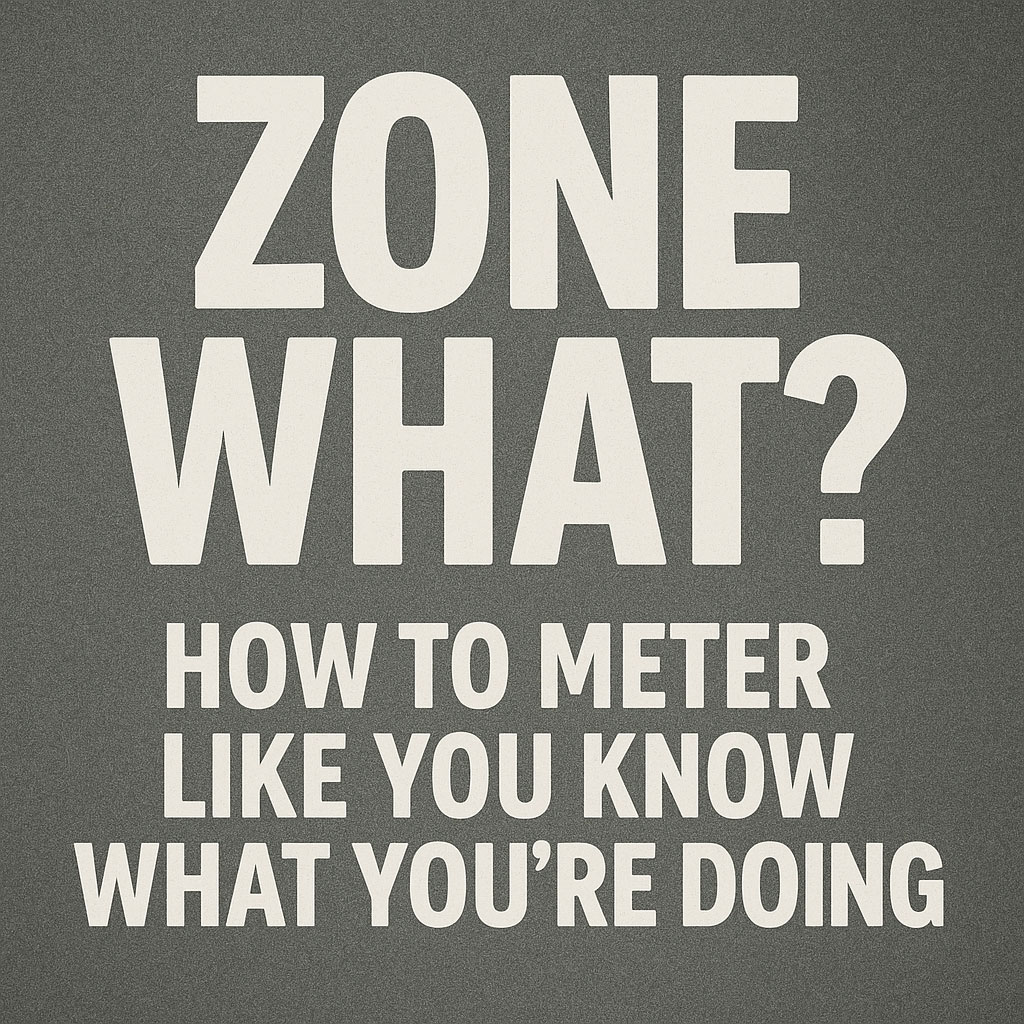How to Make Ansel Adams Proud Without Turning into a Human Light Meter
Welcome to the world of the Zone System—also known as “that thing Ansel Adams invented to make photographers feel inferior for the rest of eternity.”
If you’ve ever stared at a scene thinking, “Is that wall a Zone V or a Zone VI?” while your subject ages into retirement, congratulations: you’ve entered the danger zone.
But fear not. You can master the Zone System without spiraling into full black-and-white existentialism. Let’s break it down like it’s 1972 and your camera doesn’t need batteries.
🎓 What Is the Zone System, Really?
In short, the Zone System is a way to control exposure and development to get exactly the tones you want. Ansel Adams split the tonal range from black (Zone 0) to white (Zone X) into 11 zones. You decide where important elements in your photo fall, then expose and develop accordingly.
It’s kind of like being a god.
A very nerdy, metering-obsessed god.
📸 Step 1: Spot Metering—More Than Just Pointing and Praying
Let’s say you’re photographing your friend in a shady alley. You meter their face, and your meter says f/4. Great! But wait—your meter wants to make that face Zone V (middle gray).
And unless your friend is made of cardboard, that’s not what we want.
Hack: If you want skin tones to look natural, place them in Zone VI. That means you overexpose by +1 stop from the meter reading. f/4 becomes f/2.8.
Boom. Now you’re smarter than your camera.
🧠 Step 2: Pre-Visualize Like a Psychic
Before you shoot, ask yourself:
- Where do I want my shadows to fall?
- How much detail do I want in the highlights?
- Will I be okay emotionally if this comes out like garbage?
Then assign zones mentally. Place shadows in Zone III for detail. Place bright areas in Zone VII to retain texture. Or, go full chaos mode and ignore everything, like half of Instagram.
🧪 Step 3: Develop Accordingly (a.k.a. The Mad Scientist Phase)
Zone System isn’t just about exposure—it’s about development too. If your scene has super high contrast, pull the film to reduce density in highlights. If it’s low contrast, push it to make blacks punchier.
Rodinal users, this is your moment to shine like a caffeinated chemist.
✨ Pro Trick: Assign Zones by Eye, Not Just Meter
Eventually, you want to look at a scene and just know what zone that shadow falls into. It’s like developing analog spidey-sense. Try it with test rolls. Guess the zone, then develop and see how close you were.
Missed by two zones? You’re human.
Nailed it? You’re Ansel 2.0, baby.
💬 Final Words (Before You Rage-Throw Your Light Meter)
Yes, the Zone System is technical. Yes, it takes practice. But once you “get it,” you’ll never look at light the same way again. You’ll walk into a room and immediately rate the couch cushions as Zone IV.
So next time someone says, “Just use Sunny 16, bro,” you can chuckle quietly, meter the shadows, and expose like the analog wizard you are.
🧠 Want More?
If you’re into mastering ancient photography rituals with a side of sarcasm, follow Analog Rebel on Instagram, TikTok, or just yell into the void with your Nikon F3. We’ll hear you.

